Blog
Stay up to date with news, trends and insights from BCD Travel and the business travel industry.

China airfare gaps: Why are cheaper fares always out there?
Here’s what travel managers need to know to navigate China’s fare ecosystem.

In the news: How BCD is investing in AI that powers insights, not just interfaces
A recent Skift article, “AI in Corporate Travel: BCD Focuses on the Plumbing, Not the Flash,” shines a spotlight on how BCD Travel is investing in AI systems and processes that help power smarter travel programs.
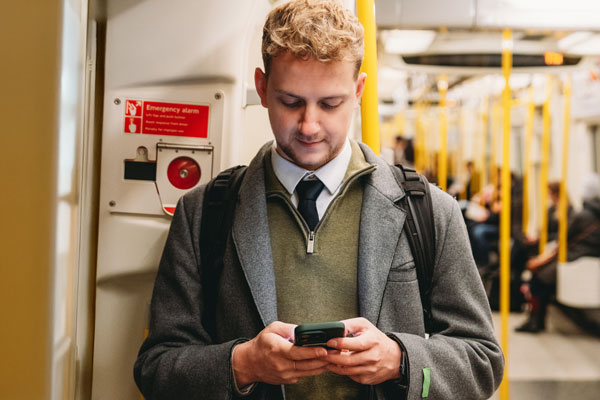
BCD partners with SkyLink to deliver AI-powered chat assistant
Business travelers want speed and simplicity. Travel managers want program compliance and cost control. With our new industry-first partnership with SkyLink, BCD Travel is delivering all three – and more – by innovating how travel gets done.

Ensure inclusive travel for LGBTQIA+ employees
Over half of corporate travel buyers don’t provide specific support for LGBTQIA+ travelers – a gap that poses real risks. BCD’s Mandy Jolley highlights simple steps to create inclusive travel programs that protect employees and strengthen duty of care.
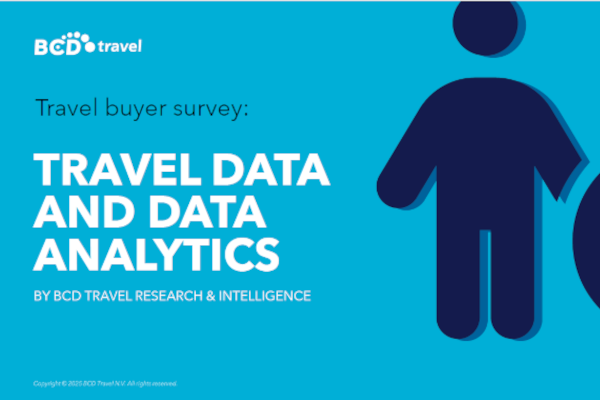
Data insights boost travel program efficiency: Survey
Just collecting travel program data isn’t the goal – acting on it is. That means understanding the story that data reveals and turning it into actionable insights.
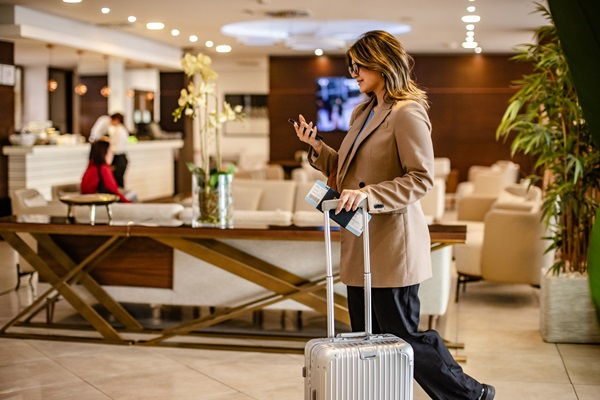
Virtual payments made easier: BCD expands strategic partnership with Conferma
The collaboration speeds up hotel payment automation and invoice processing, adds more value for clients, and supports the ongoing shift to digital tools in business travel.

State of the industry: Business travel trends every travel manager should know about
The midpoint of the year marks a fan favorite on the Connections podcast – the State of the Industry episode featuring BCD Senior Vice President Rossana Martin. A global sales leader with 35 years of experience in the travel industry, Martin returns to unpack the biggest developments shaping corporate travel in 2025.
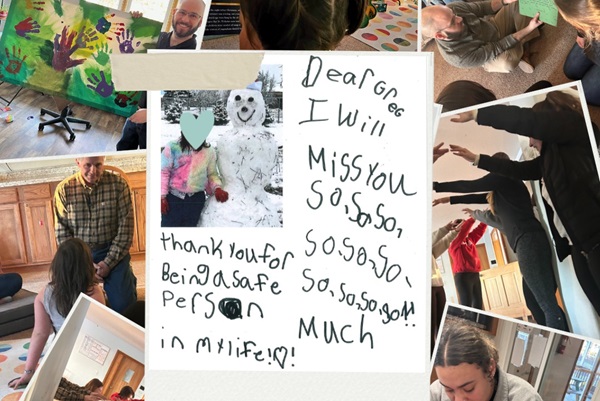
BCD’s 2025 Making a Difference projects are underway
Making a Difference continues to be a highlight of our year – and a clear reflection of the values our people bring to BCD every day. Here’s a quick look at some of the inspiring projects already in motion.
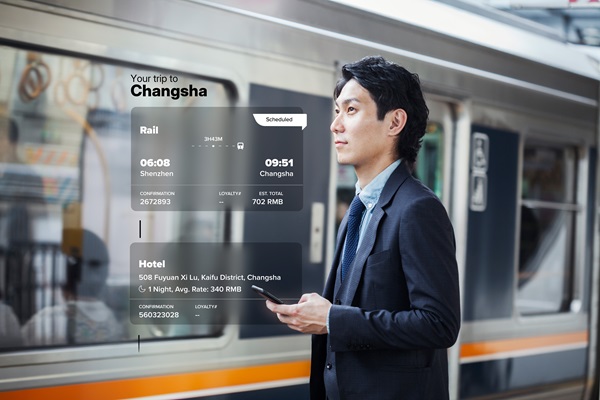
One-stop travel hub: TripSource® brings everything into a single, seamless platform
Here’s how TripSource by BCD Travel simplifies travel for both travelers and arrangers – offering a streamlined, hassle-free experience while giving travel managers a centralized way to guide, manage, and support their teams.

3 ways BCD puts AI to work for managed travel programs
Our AI capabilities help travel programs solve daily challenges, deliver value for organizations, and improve traveler experiences.

Corporate travel solutions in 2025: How Preferred Hotels & Resorts helps BCD clients travel smarter in 2025
From rising hotel rates to shifting global risks, 2025 demands smarter, more meaningful travel. Discover how Preferred Hotels & Resorts supports BCD clients through loyalty rewards, luxury flexibility, and regional expansion.

Travel guidance: Planning, education and duty of care for LGBTQ+ travelers
Working together to build safer travel experiences for all.
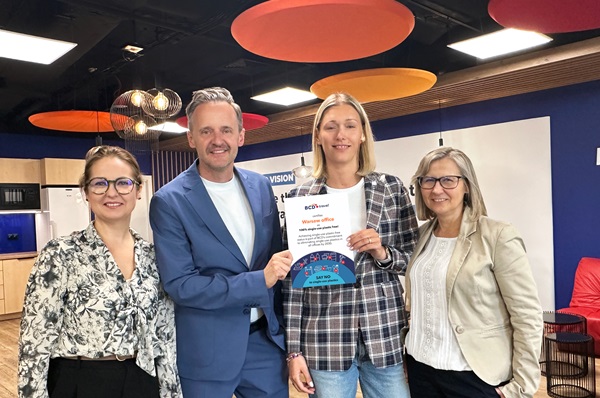
BCD is on a journey to eliminate single-use plastics in global offices
SUP-free offices are part of BCD's ambitious commitment to eliminate 100% of single-use plastics in our operations by 2030.

An exclusive offer from Accor and ALL: 10% off Best Available Flexible rate with breakfast, free wi-fi and more
This exclusive offer from Accor and ALL is ideal for travelers who have access to mid-market rates, bringing added value to your hotel bookings.

Luxury Hotels by Minor: Discover Anantara & Tivoli
Minor Hotels’ luxury portfolio offers refined, immersive experiences, where timeless elegance meets local authenticity.
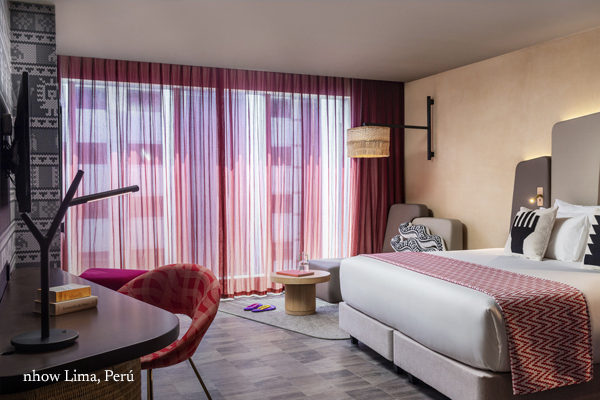
nhow Hotels & Resorts: A bold new world of lifestyle hospitality
nhow Hotels & Resorts is redefining the concept of hospitality with a vibrant portfolio of premium lifestyle hotels that are anything but conventional.

Still a lot to feel together: NH Collection Hotels & Resorts
In 2014, NH Collection was launched with a simple yet powerful promise: a stay driven by extraordinary feelings. What began as an aspiration has since flourished into a globally recognized brand, offering refined hospitality experiences across nearly 100 hotels in 21 countries.

Unveiling the transformation – Welcome to the new Minor Hotels
Exciting news! Minor Hotels is evolving into a guest-facing brand, uniting their world-class hotels under one vision. With a fresh identity inspired by ‘What Matters Most’, Minor Hotels is redefining hospitality and authentic experiences across 560+ properties in 59 countries.
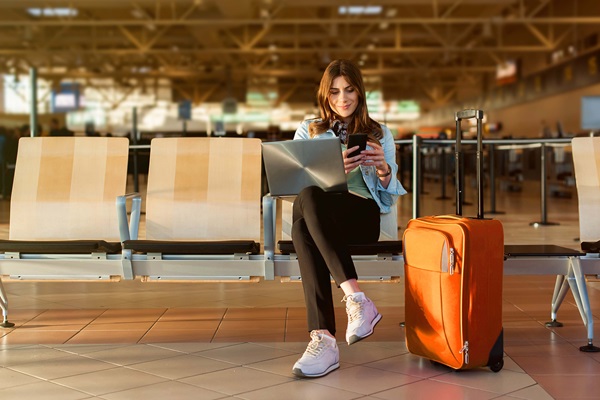
5 questions to ask before adding non-refundable hotel rates to your travel policy
If you aren’t including non-refundable hotel rates in your travel policy, you could be missing out on significant savings.

Connections podcast: Messaging that moves business travelers
What’s the secret to a stronger, more connected travel program? Messaging. But not just any messaging – timely, relevant, well-crafted communication that puts the traveler at the center.
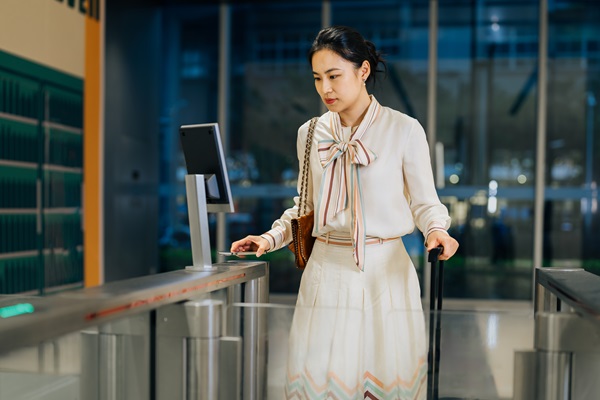
Digital identity: Are you who you say you are?
Digital identity is rewriting the rules for travel. As we move towards truly digital-first travel experiences, one thing is clear: the future of travel starts with verifying who you are faster, more intelligently, and more securely than ever before.

Turning obligation into opportunity: The ROI of Travel Risk Management
Connecting the dots: Proactive travel risk management could lead to lower insurance premiums and measurable financial savings for corporate travel programs.
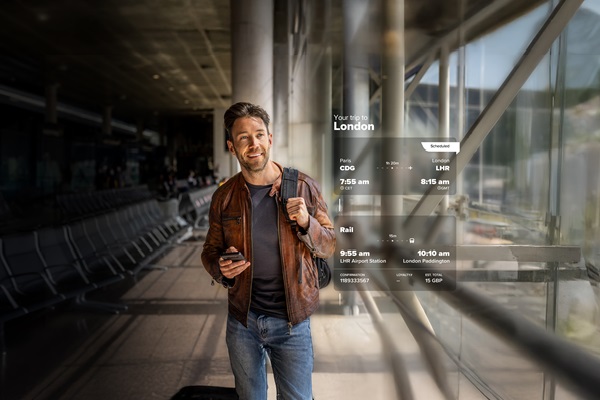
How TripSource® keeps business travelers connected and stress-free
We’re answering common traveler questions about how TripSource keeps business travelers in the loop and in control, every step of the way.
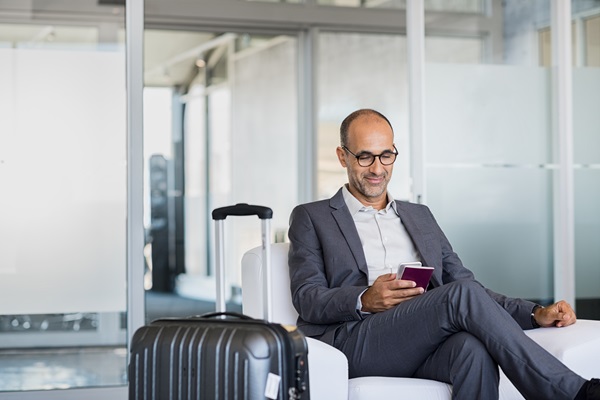
7 apps to download before traveling to China
From payments to directions, these tools will help your business travelers stay connected and on track.